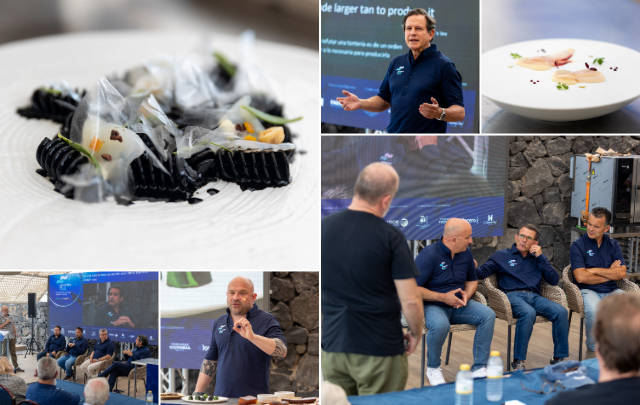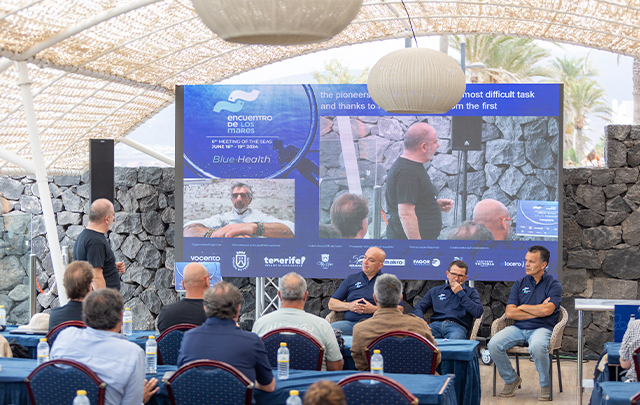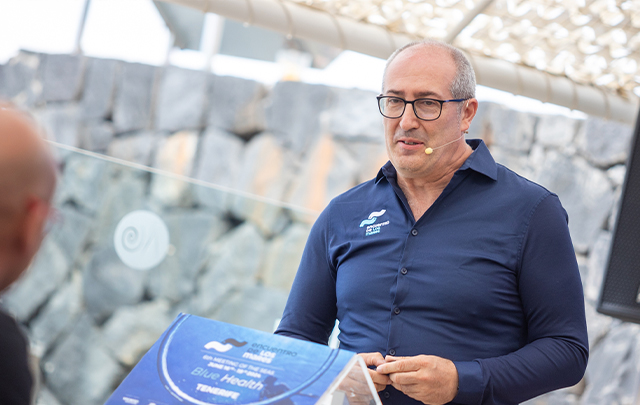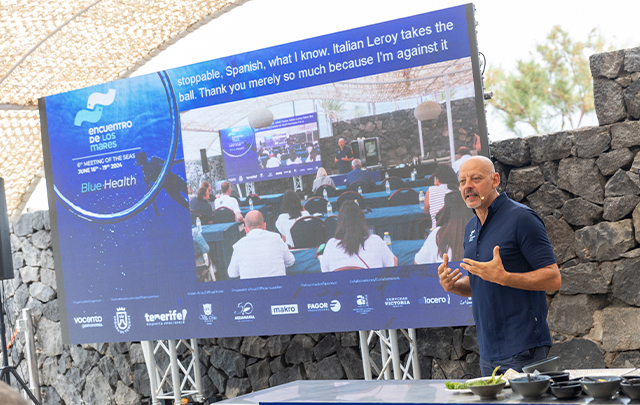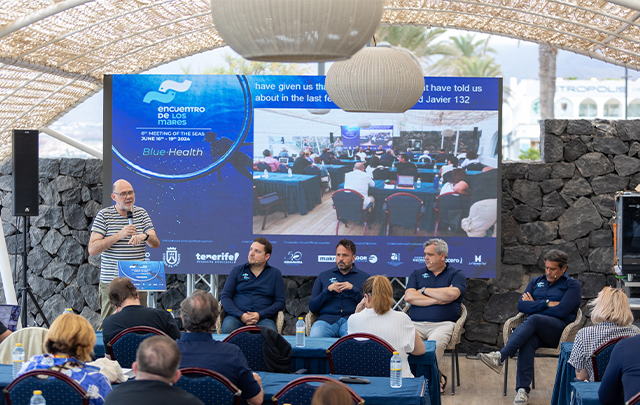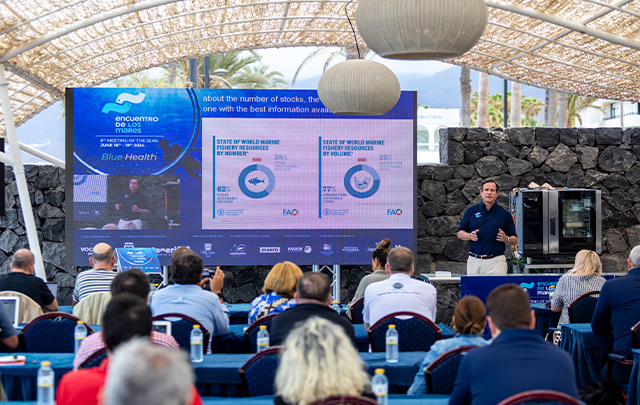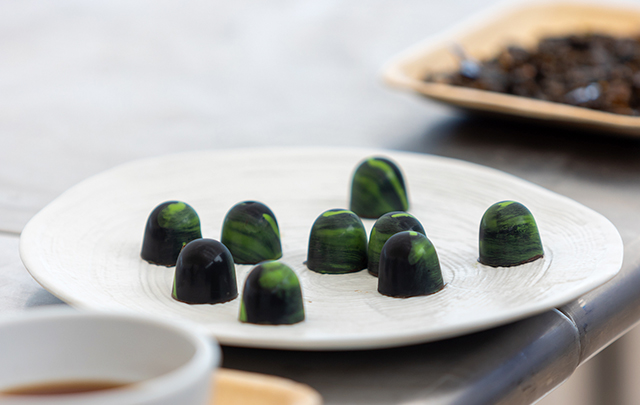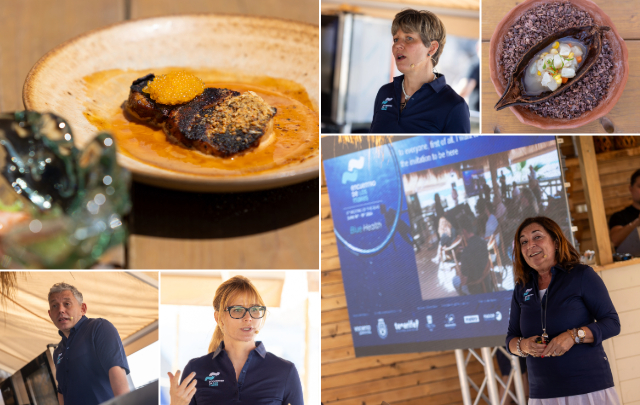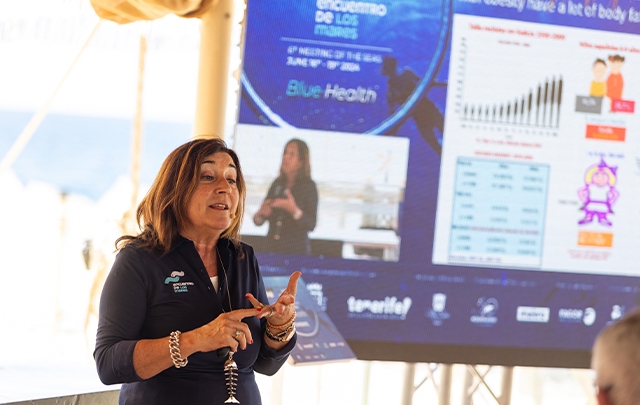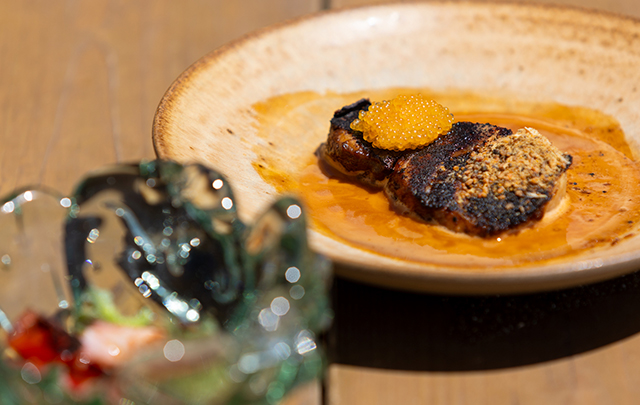News
The marine treasure map
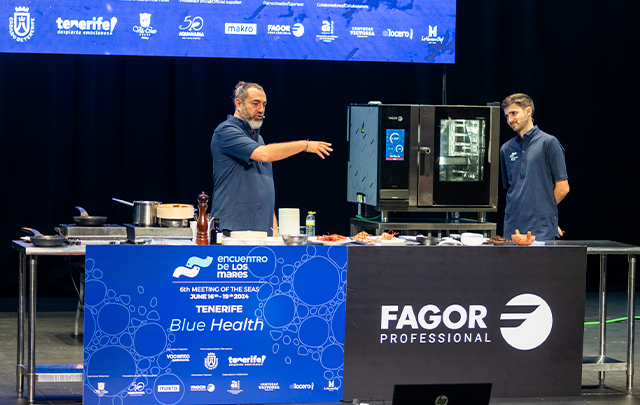
Rafa Zafra's cuisine meets science in GastroBio, a project that observes, studies and classifies seafood in order to unlock its full potential on the plate.
Described by Ferran Adrià as the seafood restaurant of the 21st century, Estimar (Madrid and Barcelona) is an authentic temple to seafood, the result of the passion for the sea of a family of fishermen, the Gotanegra family, and the expertise and experience of Rafa Zafra, a chef from Seville who trained at elBulli and whose philosophy is "traditional cuisine that looks to the avant-garde but stays halfway there". Inspired by his mother's style, Zafra's origins are popular and everyday, modest and meticulous. Influenced by Adria, he is restless, innovative, pure and passionate, creative and Mediterranean. The result: "a loving cultural tradition of subsistence", as the chef himself describes it.
Directly from Estimar, he has brought back two simple recipes that are perfectly suited to sublimate two of our most famous seafood treasures, the lobster and the red rose shrimp. The first of these, "created at the request of some of our customers, because at Estimar we work to feed the egos of our guests", consisted of a sequence of three red prawns, with three different ways of preparation: grilled, boiled and steamed, the latter being the chef's choice, "because it is the one that suffers the least", he warned. For the second dish, he dissected an XL langoustine and cooked it in three stages, "caressing" each of them rather than cooking them, making it easier for the diner to taste an already opened and lightly tempered claw.
The technical map of crawfish and prawns
A thorough knowledge of the product so that it can be used in the kitchen as it deserves is one of the objectives of GastroBio, the scientific dissemination project in which Rafa has been involved since 2022, together with Arnau Subías, with studies in marine sciences and ecology, management and restoration of the natural environment, but also in product and sustainable gastronomic creativity at the Barcelona Culinary Centre, which has earned him the nickname of "sommelier of the sea". This non-profit-making project is of an informative nature and is based on the research and cataloguing of all marine life under the criteria of knowledge, innovation and sustainability.
As an example of his work, which covers all the Spanish coasts and involves the best experts in both fishing and cooking, he explained the characteristics of the two shellfish used in the kitchen at Encuentros del Mar, such as the fact that langoustines "live in burrows, lay just over 500,000 eggs, which they carry on their hind legs, or that they can grow for up to 20 years". As for the red shrimp, he revealed that "its characteristic colour develops after it has been hunted and killed, that the females are much larger than the males, and that they live near submarine canyons, even at more than 3,000 metres, which makes them difficult to hunt". In short, GastroBio discovers and describes all the peculiarities of marine species, because aspects such as their life cycle or their anatomy and cuts determine their results in the kitchen. To do this, "we travel all over Spain to learn about the different fishing methods and the best way to prepare each product, to create a real treasure map".

